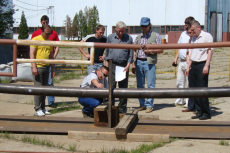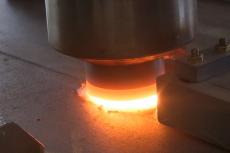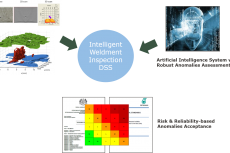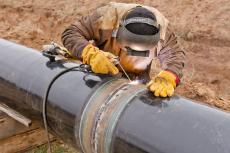Opportunities to Access the Benefits of High-Frequency Welded (HFW) Pipes for a Wider Scope of Oil and Gas Industry Applications

Opportunities to Access the Benefits of High-Frequency Welded (HFW) Pipes for a Wider Scope of Oil and Gas Industry Applications
In recent years, many papers have been published describing the advantages and disadvantages of the high-frequency welded (HFW) and seamless (SMLS) carbon and low-alloy steel (LAS) pipe manufacturing processes for the oil and gas industry. However, there are few published papers that compare these different manufacturing processes in a way that...



